Dickmann House Museum in Geseke, Germany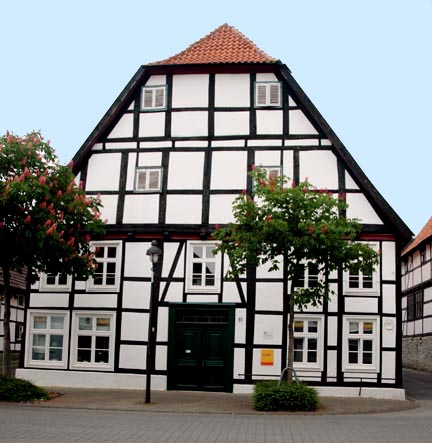 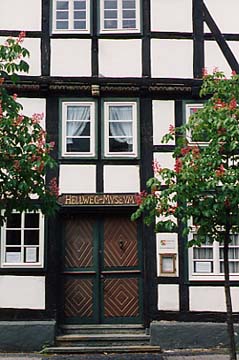 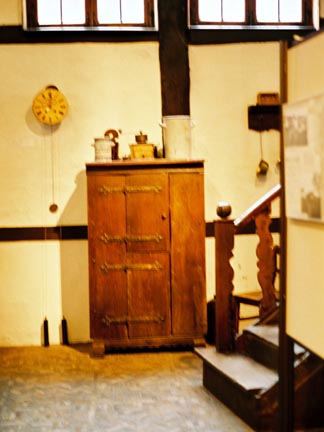 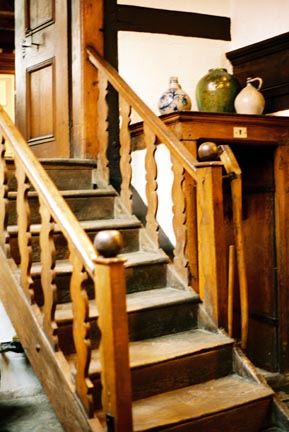 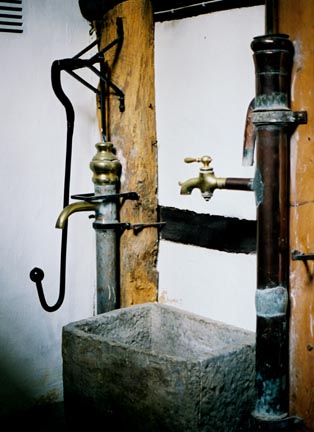 In 1926, a Museum was opened in the Dickmann House, which was built in 1664. The Museum is located on the corner of the Hellweg and Alter-Steinweg. A Synagogue was formerly located on Alter-Steinweg, one block from the Dickmann House. When I visited Geseke in May 1995, I saw a temporary display about World War II in the Dickmann House Museum; the German people were commemorating the 50ieth anniversary of the liberation of Germany from the Nazis. The display included photos of the bombing of Geseke. The town railroad station was bombed twice; 140 people were killed in the bombing and many of the old houses built in the 1600s were destroyed. In the Dickmann House museum, I saw many things that were used in Germany, which look just like what German-Americans used in Missouri years ago. For example, I saw a wash board just like the one that my grandmother used for doing her laundry by hand. I saw old flat irons used for ironing clothes, a waffle iron to stick into the fire, a cream separator and a butter churn that looks like a barrel. There is a coffee grinder just like the one my grandmother had, and a Knapfkucken form (cake pan) just like the ones used by German families in Missouri. There was a Brodt Shrank with screened panels in the door, which looked just like my grandmother's pie safe, and a cloth sun bonnet made just like the one she wore. In the Museum displays, there is a meat grinder used for making sausage and a beehive with a bee hat. There is a big basket used for winnowing and a wooden plow with a metal plow share. Among the displays in the Museum are a spinning wheel and a machine that was used to weave linen from flax. The main reason that so many Germans emigrated from Westphalia to Missouri in the 19th century was because industrialization ended the home linen industry of the peasants. The peasants who leased farm land from the nobility were engaged in linen making as a way to supplement their farm income. Photos of Interior, May 2008HomeThis page was created on July 13, 2008 |